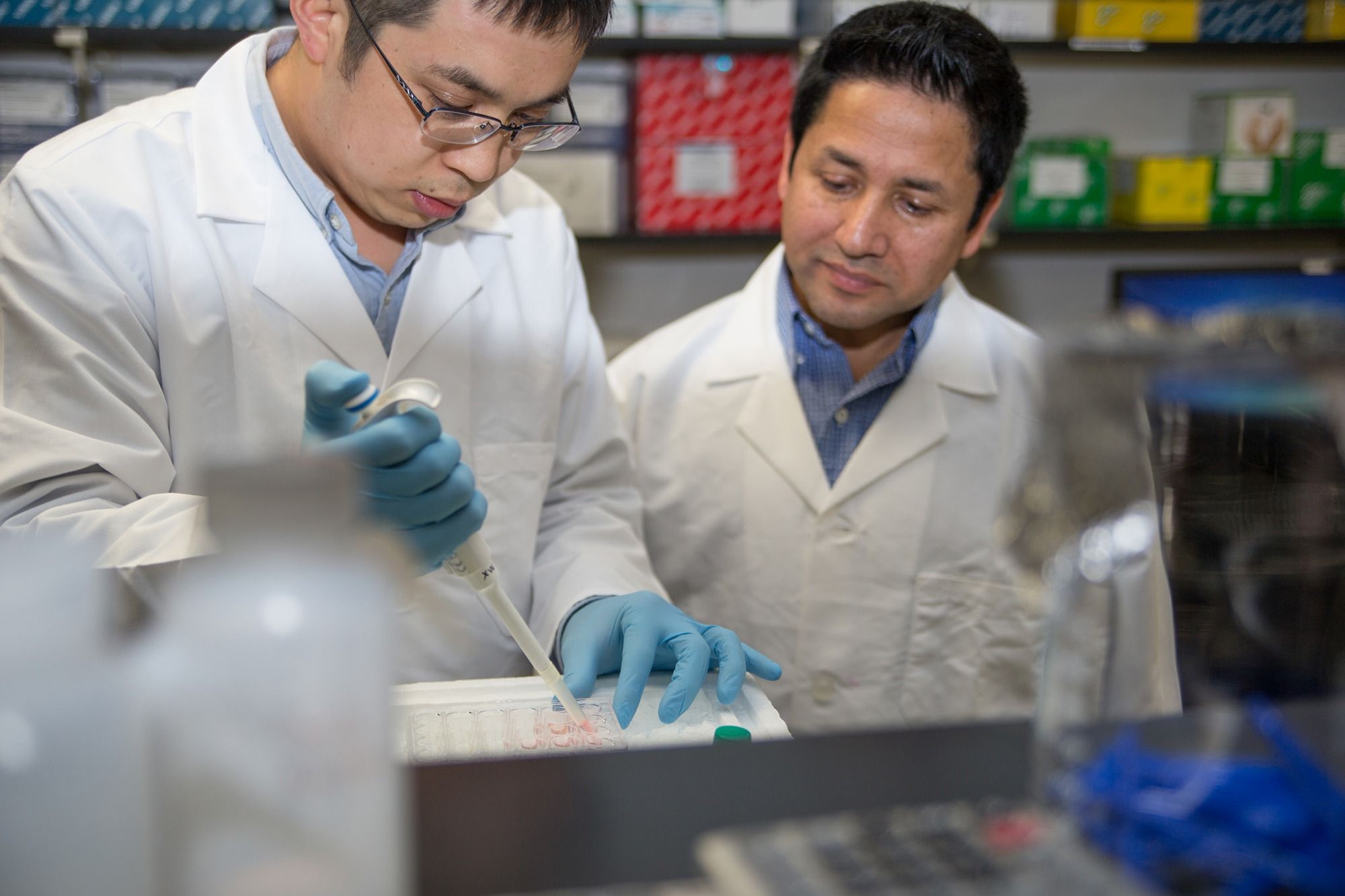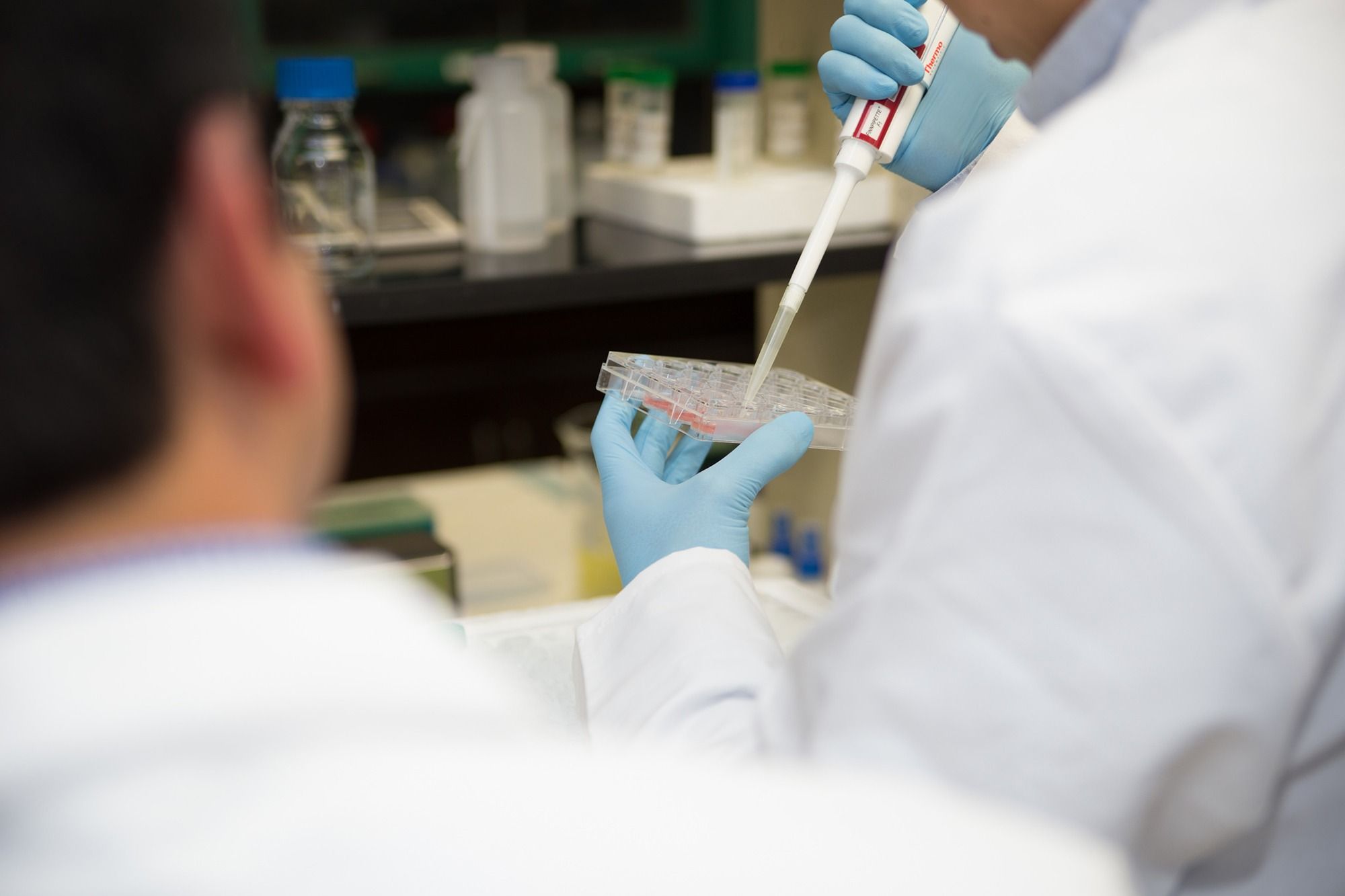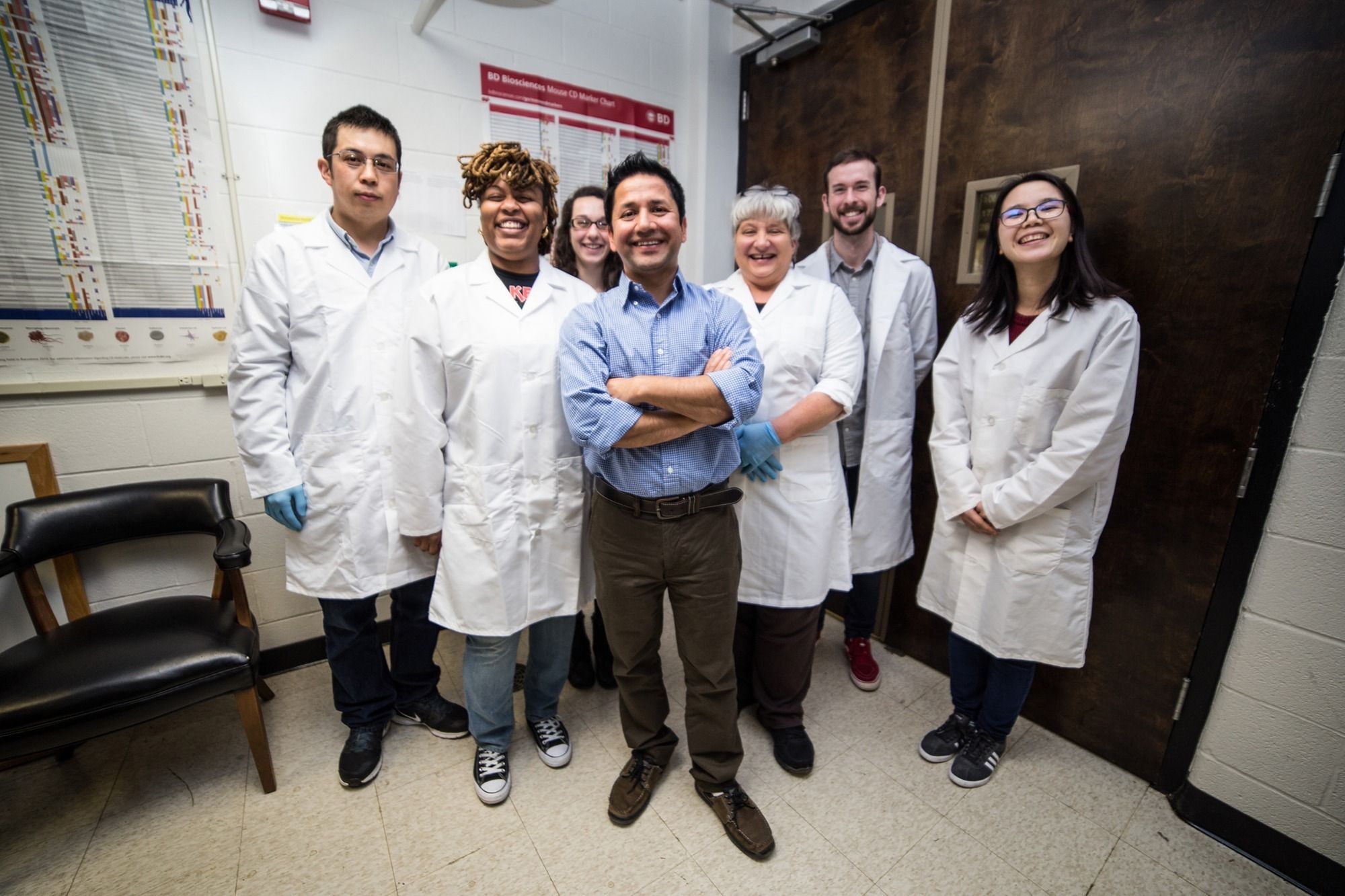
For more than a decade, parents have worried about the dangers of disease due to first-person exposure to Bisphenol A, or BPA, an industrial chemical used in plastics and epoxy since the 1960s. But few know that the impacts of exposure can travel onward to future generations as well. And scientists don’t fully understand why or how it happens.
Those are the answers Dr. Ramji Bhandari, assistant professor of biology, is trying to unearth. By using a novel research model, the medaka fish, he’s investigating BPA’s transgenerational effect — how parental exposure alone can cause chemical changes to DNA in offspring and in third or fourth generations and how those changes lead to adult-onset reproductive problems.
According to studies in rats and mice, he says, those reproductive problems include prostate cancer, infertility, polycystic ovary syndrome, preeclampsia, endometrial cancer, and ovarian cancer.
Knowing the impact is paramount because plastic is everywhere. Recent studies, Bhandari says, show measurable concentrations of BPA in all human blood and urine samples. Understanding its effects can unlock how to treat future generations for diseases.
In a developing embryo, chemical signals on DNA tell a cell how to specialize, including the cells that produce sperm and eggs. BPA can alter these signals in developing cells, Bhandari says, and these modifications can be retained throughout our lives. It’s called an epigenetic change. “When sperm and egg pass parental information to offspring, these chemical modifications can go with them and cause health problems later in children’s lives.”
With National Institutes of Health funding, Bhandari’s team tracks the unique epigenetic changes BPA makes on sperm-and egg-producing cells and whether they are passed on to offspring. The researchers continue tracking these markers across three generations, looking at the epigenome at various stages of medaka life, from embryo to adulthood. By comparing the epigenomic history of third-generation fish that develop reproductive problems in adulthood to those that do not, they hope to identify which changes are contributing to reproductive disease.
A major goal, Bhandari says, is identifying biomarkers that point to whether third- or fourth- generation offspring will develop particular conditions in the future. “Not many human studies have focused on epigenetic biomarkers of past exposure and current disease, so we’re hoping to build a foundation to dive deep into this topic.”
The next steps will include looking for the same epigenetic markers in mice, and eventually humans. One day, he hopes the results may even provide insights into disease prognosis and personalized medicine.
“This work is going to be used as the basis for us going forward,” Bhandari says. “It’s a foundation to look at what things to consider when we analyze the effects of exposure to BPA and other chemicals.”



Viewing epigenetic changes in mouse and rat models isn’t possible without sacrificing them, which severely restricts multigenerational comparisons. Medaka fish are an unconventional model, but Bhandari has discovered that they are well-suited for his research. Their sperm and egg cells develop using genes similar to those in mammals, including humans, but they fertilize externally. Using medaka is also advantageous because their embryos are transparent, they spawn daily, and their genome has already been sequenced. Bhandari is conducting the NIH-funded study with postdoctoral fellow Xuegeng Wang (image left). See more photos on UNCG Research Flickr.